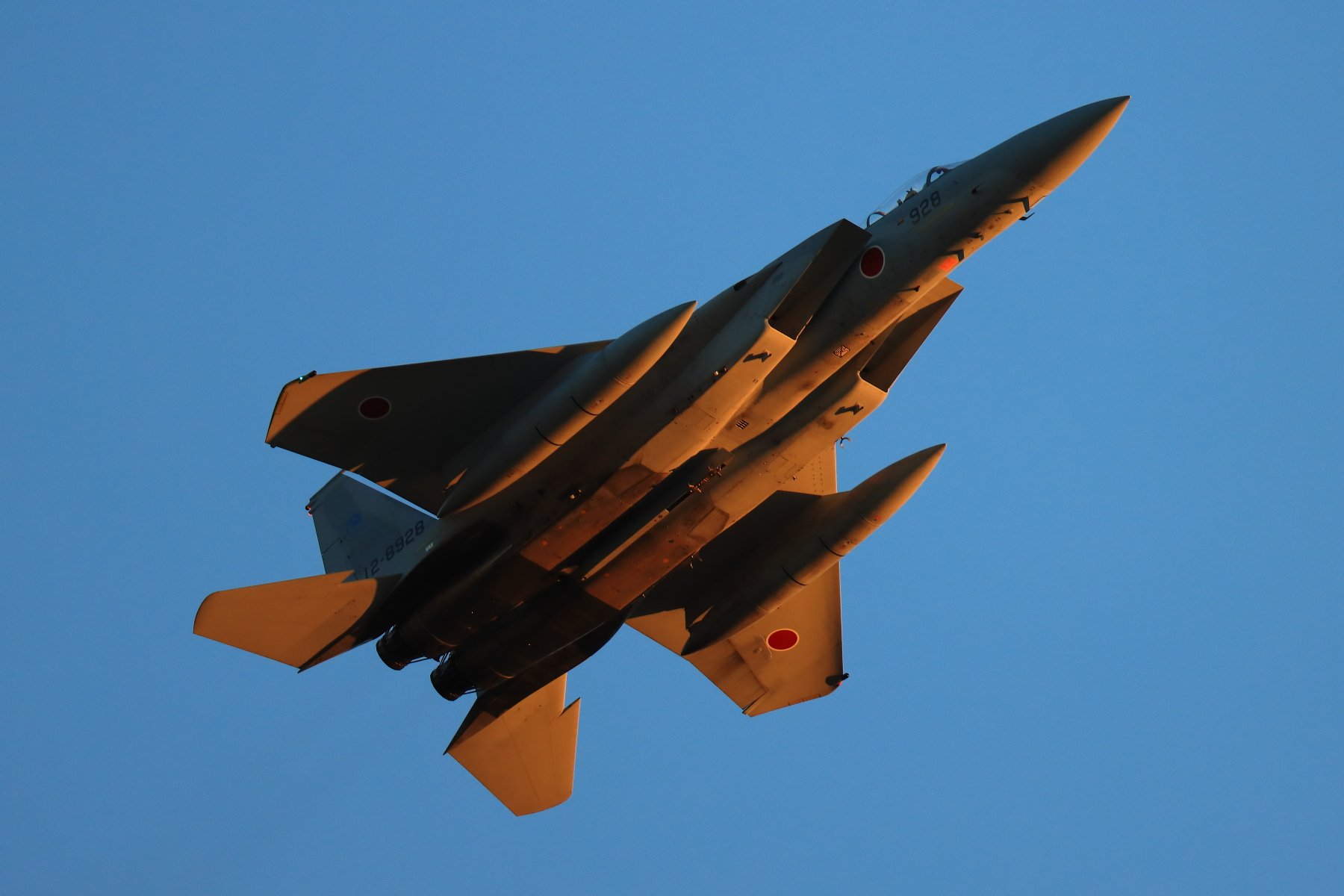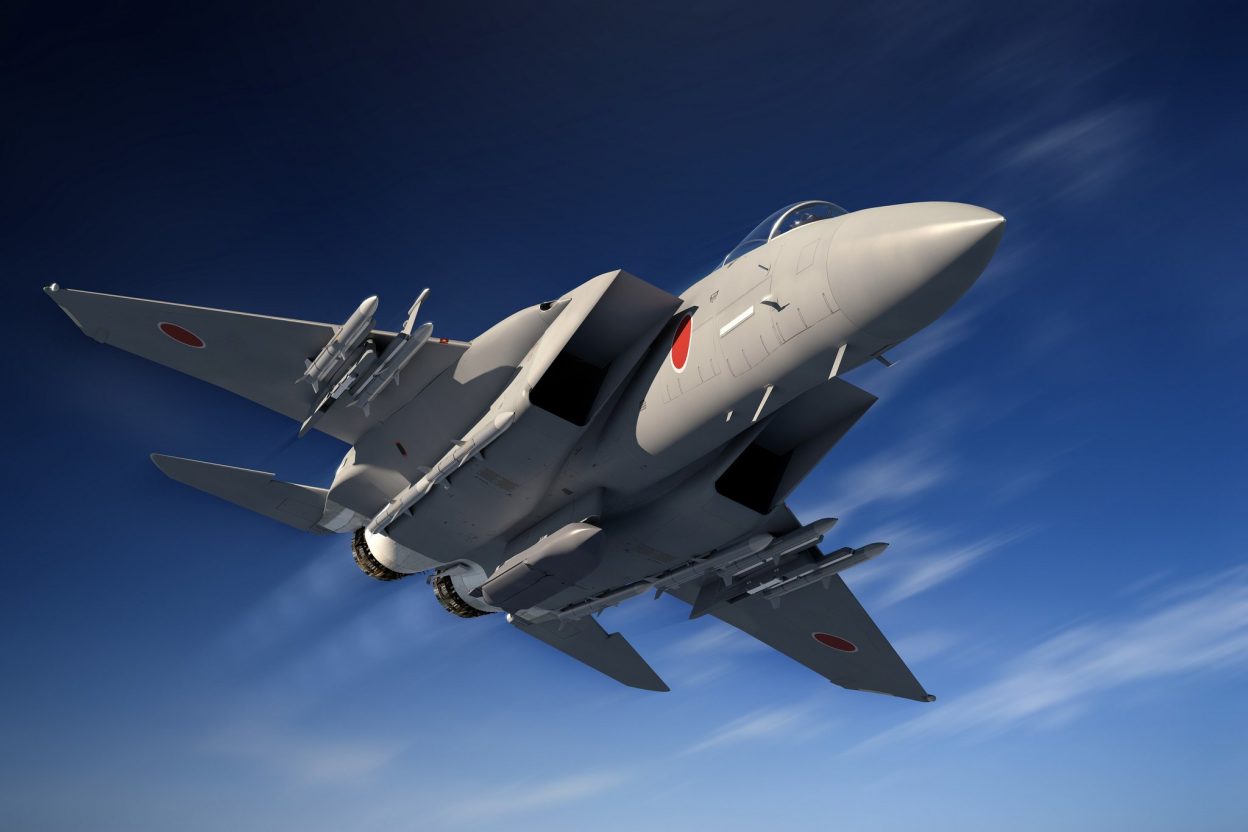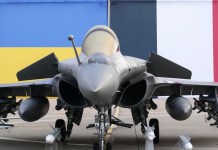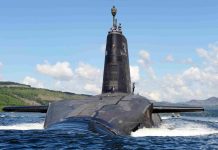The Russian invasion of Ukraine has raised apprehension that China could make a similar move against Taiwan. Japan, due to its proximity to the beleaguered island state, is particularly concerned about a potential Chinese attack.
Destroying The World Best Fighters – How A 4th-Gen F-16 Overpowered A Superior F-35 Stealth Jet In An Aerial Combat
Japan’s sanctions on Russia and sharp rhetoric against Moscow are indirect messaging to Beijing aimed at creating deterrence, lest it executes similar plans against Taiwan. The Japanese anxieties are based on the belief that any war between China and Taiwan would inevitably draw Tokyo into its fold.
Besides, tensions between Japan and China have been running high for more than a year now. The Japan Air Self-Defense Force intercepted a record number of foreign aircraft approaching the country’s airspace between April and December last year, a majority of which were Chinese fighters tracked down by its F-15J Eagles.

The Chinese aggression against Japan started to escalate shortly after the PLA Air Force started routine intrusions into Taiwan’s Air Defense Identification Zone (ADIZ). Tokyo is particularly concerned about Chinese activity near the south-western region of Japan, which is close to Taiwan, and the Okinawa region, which is home to the majority of American military bases.
With Japan pledging deeper military ties with the US and raising defense spending to over $8 billion recently, Chinese aggression and power projection against Japan could likely increase in the near future.
Russia’s ‘Nuclear Tank’ – Amid Ukraine War, Russian Monstrous MBT Spotted That Can Even Survive A Nuke Attack
Additionally, the most advanced Chinese stealth fighter, the J-20 ‘Mighty Dragon’ deployed to air force units patrolling the Taiwan Strait and the East China Sea last year, according to state media. The move was interpreted by Chinese watchers as a message to Japan and South Korea, the US allies in the region.
?? Fighters J-20 from the 9th Air Brigade (Wuhu) of the Shanghai Air Force Base of the Eastern Command and J-20 from the 176 Air Brigade (Dingxin) of the Air Force of the Central Command #aviation https://t.co/Vio9aJajQa pic.twitter.com/VpivTOHTmx
— The Shadow of the Eagle (@clemente3000) August 2, 2021
Further, the first batch of the J-20s was deployed to a base in China’s Eastern Command which oversees the Taiwan Strait and East China Sea. Therefore, there is a looming threat of the J-20s for the JASDF.
The JASDF primarily deploys the F-15 Eagles to intercept Chinese jets in the East China Sea. Japan is currently upgrading its existing fleet of F-15s in response to a growing security threat from PLA in the region.

The strong twin-engine fighters combine rapid speed, advanced radars, and large fuel and armament loads to monitor the vast oceans surrounding the Japanese archipelago. The upgrades would bring 68 Eagles up to the F-15 ‘JSI’ (Japanese Super Interceptor) standard. The new variant would include a new electronic warfare system, avionics, and missiles.
In December last year, Boeing was reportedly awarded a contract of more than $470 million by the US Air Force to build new equipment for Japan’s F-15 Eagle Super Interceptors, as previously reported by the EurAsian Times.
However, it remains to be seen whether these F-15s can withstand Chinese J-20s.
Super Interceptor Eagles Vs Mighty Dragons
The F-15J is a supersonic fighter with all-weather air superiority for multi-role missions. The JASDF operates this aircraft, which is based on the F-15C Eagle of the US Air Force.
The F-15 is one of the most successful and combat-proven modern jets in the American arsenal and boasts of over 100 confirmed kills and zero losses in aerial combat. The US Air Force has traditionally recognized the F-15 as the most capable dogfighter and has now upgraded it to the advanced F-15EX variant to replace the F-15C. In Japan, it is deployed as an interceptor.
On the other hand, the J-20 is a twin-engine, single-seat stealth aircraft with forward canards. It is somewhat longer than the F-15J and its internal armaments and fuel storage are housed in a long, broad fuselage. It appears to have three internal armament bays, two for short-range missiles and one for long-range air-to-air missiles and air-to-ground weaponry.

Last month, Japan confirmed that it would modernize 68 Mitsubishi F-15J Eagle interceptors, with an aim to boost their radar, electronic warfare, weapons carriage capacity, and stand-off weapon capabilities.
The modified F-15s would be equipped with the Lockheed Martin AGM-158 Joint Air-to-Surface Standoff Missile, or JASSM. The Raytheon AN/APG-82(V)1 active electronically scanned array radar, BAE Systems’ ALQ-239 Digital Electronic Warfare System (DEWS), new mission computers, and radios are among the systems specified in the approval.
However, whether the F-15 Super Interceptors can intercept Chinese J-20 remains a mystery.
The F-15 may have problems spotting the J-20 at extended ranges due to its stealthy nature. At the same time, the F-15’s lack of stealth means that the J-20 can quickly spot the Japanese fighter with a good radar. This is bad news for the F-15J in a battle beyond visual range, especially if the J-20 is equipped with PL-15 missiles, the National Interest observed.

On the contrary, the F-15J may have the upper hand at closer ranges. The J-20 is said to be underpowered for the time being. It was originally to be powered by the WS-15 engines, however, it failed critical tests and the Chinese had to contend with WS-10 engines.
The F-15J, on the other hand, has a great thrust-to-weight ratio. The F-15 aircraft are known as potent dogfighters, and the Eagle’s higher thrust and maneuverability might be used to achieve a positional advantage against the Chinese J-20.
Further, if the two aircraft were to dogfight, the F-15 would have an advantage by virtue of its ability to fire a snapshot with its M61 Gatling gun. The J-20 does not have a gun as it is a stealthy aircraft. So while the Chinese aircraft may hold an advantage as far as interception is concerned, the F-15 could win in a close dogfight, elaborated the National Interest.
Russia Goes Nuclear? Sweden Says It Scrambled JAS-39 Fighters To Intercept Russian Jets Armed With Nukes
But it’s difficult to speculate whether PLA Air Force would deploy its prized possession to dogfight given the risk involved. Rather, it might want to use the J-20 for missions, in which the stealth plane stands a chance to have an edge over its adversary.
That said, both aircraft are the best in their own respective league. While one is an interceptor and dogfighter, the other is a stealthy combat aircraft with long-range fire capability. Japan ultimately plans to deploy the upgraded F-15JSI along with the F-35 stealth for its defense, as the latter may give a tough fight to the Chinese Mighty Dragon.
- Contact the author at sakshi.tiwari9555@gmail.com
- Follow EurAsian Times on Google News




